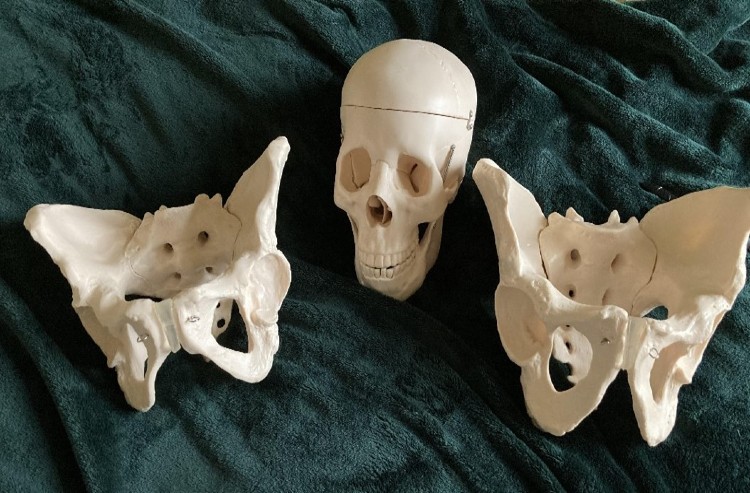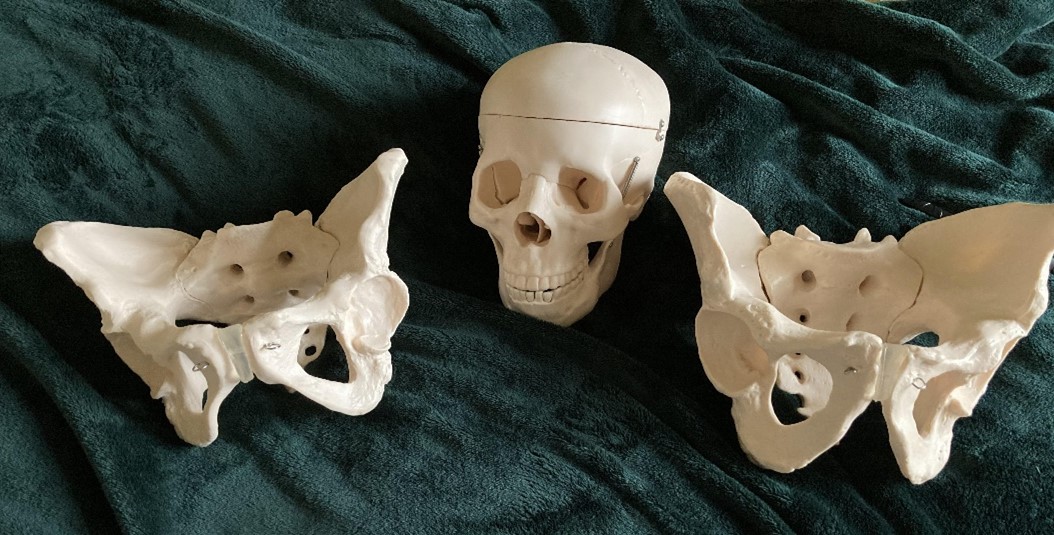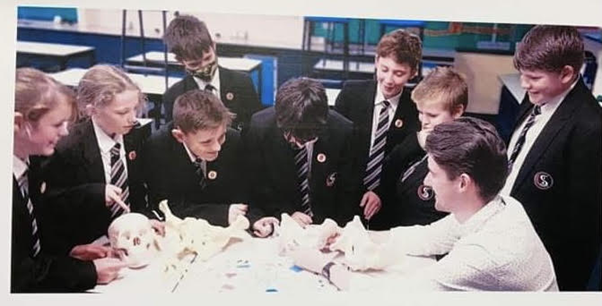
By Peter Saunders
Peter Saunders, University of Kent (UKC) Anthropology graduate, Teaching Assistant and prospective science teacher in Cornwall, shares his experience of taking on a role during the COVID-19 Pandemic.
Whilst sat in my “Gap year” flat in Edinburgh* under the initially alien concept of the National Lockdown 1.0, the somewhat looming thought of “what do I do now” popped into my brain as I wandered around my Animal Crossing Island at 3AM.
Considering how I had been inspired to venture into the world of education after undertaking the “Social Sciences in the Classroom” module in my second year at UKC, and my prior interest in the fulfilling career…naturally, teaching entered the picture. Thus, began the fun adventure I have found myself on.
Next, another quandary; I had gotten quite used to the monthly paycheck, so wasn’t ready to jump back into student life. Also, upon a quick bit of research, the key things for starting teacher training are ‘Subject specialism’ and ‘classroom experience’, the latter I was somewhat lacking in.
So, what’s the happy marriage of my little conundrum? Move back home to Cornwall and become a Teaching Assistant for a year!
Prior to starting my job at Camborne Science and International Academy, I remembered the advice my Chemistry teacher cousin, Alistair, gave me “Offer to start an after-school club, no one wants to do it, so it makes you look good if you do!” and ‘CSI Camborne: Revolutionary Evolutionary’ was born! A happy mixture of Crime Scene Investigation and Biological Anthropology neatly put together and presented to wide-eyed year seven students.
It was at this point I decided to build my application for teacher training through a SCITT programme (School Centred Initial Teacher Training, a sort of apprenticeship style entry into teaching, but without the salary) and therefore needed an academic reference. I contacted both Patrick Mahoney and Matt Skinner, and a reference was sent over gladly and promptly. It was at this point that I got talking to Matt about my after-school club, and he expressed interest in the integration of Anthropology into the secondary school curriculum. It was just a very happy coincidence that my club fit the bill!
“I’ve actually been running a bioanth after-school club for the year 7s since September!! 15 students all heading your way in a few years!!! My models/specimens aren’t as fancy as SAC’s, but they do the job”

Matt kindly offered to do a zoom session with the students and provide some resources I could use – but then the next bout of national lockdown(s) ensued.
Speaking of my group of budding forensic anthropologists, they LIVE for the DEAD! Okay, maybe a bit of context is required here.
Year 7s, being at such a young age and at the earliest steps of their academic journey; are very visual learners. Primary school is predominantly built upon this sort of learning style. To create a sort of middle ground between visual and written learning, I created a bold and bright ‘Knowledge Organiser’ for my CSI’s. It’s a helpful tool for visualising topics we’ve covered, and also acts as a fun little poster should they want to display the weird and wacky things I’ve been filling their minds with.
poster should they want to display the weird and wacky things I’ve been filling their minds with.
As for what engages my students; colours, models, experiments – things they can get their hands on and physically interact with. Fantastically, Biological Anthropology ticks all of these boxes.
The topic of Forensic Osteology was a real hit with them. Opening up skull models, lying on the floor and placing model bones next to where they would be on a live person, identifying the sex of a skeleton from physical features, and most importantly…making their own bones out of clay. This generated…interesting… and slightly eyebrow-raising results.
*Note to self* Don’t allow 12-year-old boys to play with modelling clay after having had a PSHE lesson on Sex Ed.
The 7’s really enjoyed the ‘Introduction to Evolution’ session I ran. Dropping them in the deep end by exploring and (in theory) experiencing how humans became bipedal. A tough concept to grasp even at degree level. But! They grasped it firmly with their opposable thumbs through the most scientifically accurate way possible…having me tie their shoelaces together at different lengths, and as a result, make them walk like early hominins! Genius if you ask me.

My after-school club had doubled in size since the start of the academic year, (Evidently being a slightly zany teacher who rambles on about bones and evolution seemed to be working!) but as a result of lockdown 3.0, I had to resort to online sessions. However, with the schools reopening, and having been enlisted to help with the coordination of mass testing at the site, we should be back to a new normal soon.
I’ve learnt a lot from all the ups and downs of this unusual time. Although there have been many challenges, there has also been a huge amount of positivity that has come out. I hope we’ll all look back and take something from this time, which will shape the way we live our lives so that we all feel more grateful for what we have and what we do.
Learn more about the School of Anthropology and Conservation




